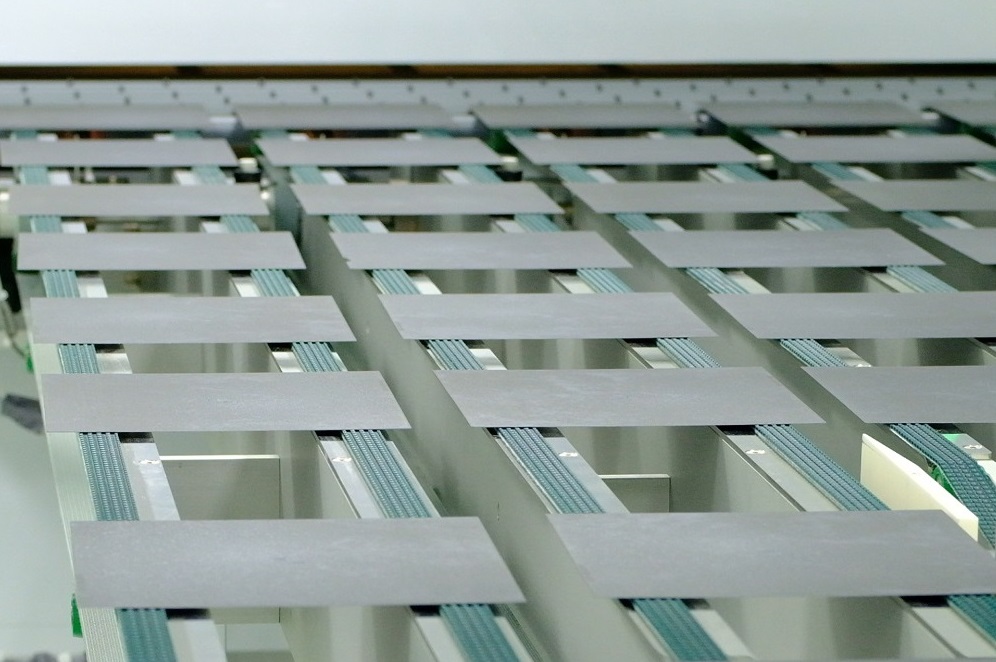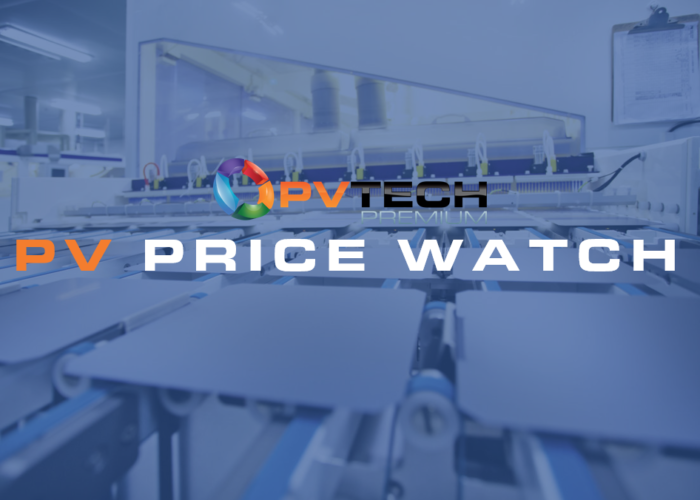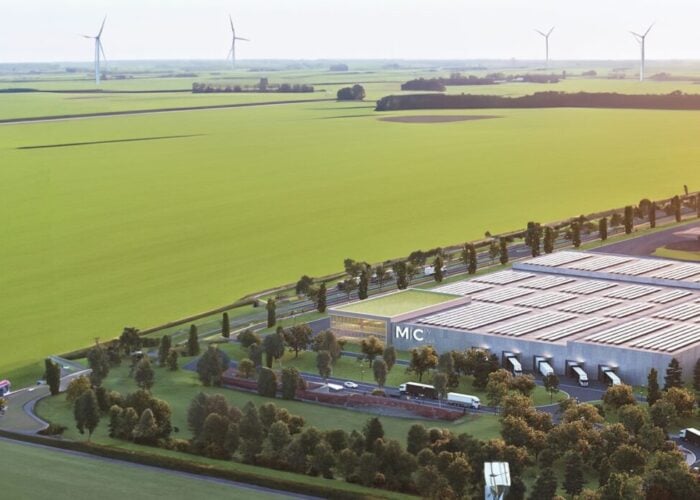
US-based wafer producer 1366 Technologies has merged with Hunt Perovskite Technologies (HPT), with the combined company planning to bring to market tandem modules.
Called CubicPV, the new entity combines 1366’s ‘Direct Wafer’ process, which produces a silicon wafer directly from molten silicon rather than sawing one from an ingot, and HPT’s perovskite solar technology, as they aim to increase the efficiency of tandem modules.
Unlock unlimited access for 12 whole months of distinctive global analysis
Photovoltaics International is now included.
- Regular insight and analysis of the industry’s biggest developments
- In-depth interviews with the industry’s leading figures
- Unlimited digital access to the PV Tech Power journal catalogue
- Unlimited digital access to the Photovoltaics International journal catalogue
- Access to more than 1,000 technical papers
- Discounts on Solar Media’s portfolio of events, in-person and virtual
The combined company will initially look to supply modules for the rooftop solar segment and ultimately for the utility-scale market, Frank van Mierlo, CEO of 1366 Technologies and CubicPV, told PV Tech.
“Our singular ‘Direct Wafer’ process is the crucial advantage in making tandem modules a reality, and with the HPT merger, we have the blueprint for achieving economically viable tandem solutions,” he said.
Hunt Perovskite Technologies is one of 22 companies that secured funding from a US Department of Energy programme focused on perovskite PV research and development. The firm was awarded US$2.5 million through the initiative to demonstrate durable and lead-safe perovskite solar PV modules using its slot-die coating manufacturing process.
Alongside the merger, CubicPV will receive US$25 million in funding from Bill Gates’ Breakthrough Energy Ventures, First Solar, Hunt Energy Enterprises and others to help the company scale.
Having previously operated a pilot plant in Malaysia, the new company now plans to invest US$300 million to establish a 2GW wafer and cell manufacturing factory in India, and is on the lookout for local partners.
“We are actively exploring possibilities in India at the moment, and we’re working very closely with the Indian government that has put in place a suite of attractive incentives,” van Mierlo said.
The company will aim to apply to India’s production-linked incentive programme, which will see more than US$600 million allocated over five years to back the development of high-efficiency PV modules in the country.







